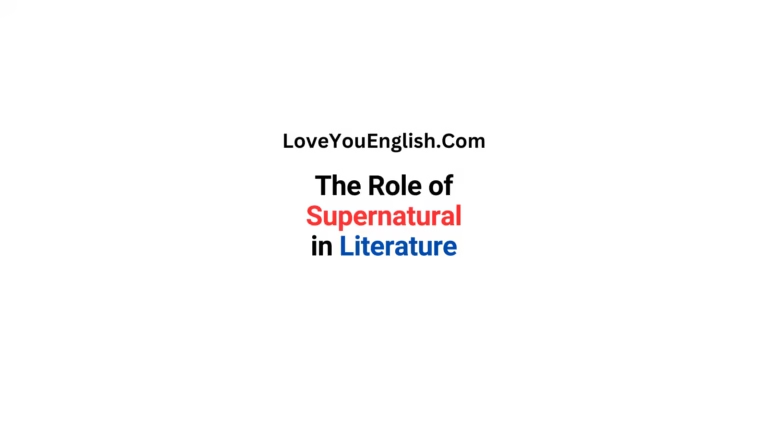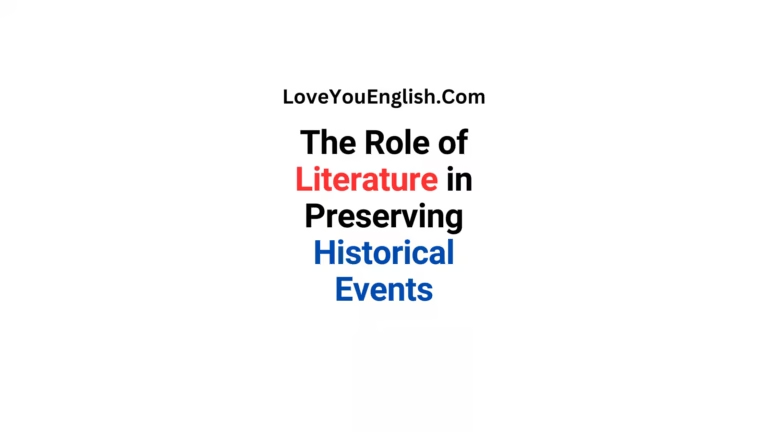Exploring Feminism in Virginia Woolf’s Works
“Why are women treated differently from men in literature and society?” This question lies at the heart of Virginia Woolf’s works. She was not just a writer but also a thinker who explored women’s struggles, independence, and creativity. Woolf wrote at a time when women had fewer rights and opportunities. Through her novels and essays, she questioned traditional gender roles and encouraged women to express themselves.
In this post, we will explore how Virginia Woolf portrayed feminism in her works. We will look at key themes in her famous books, such as A Room of One’s Own and Mrs. Dalloway, and understand why her ideas still matter today.
Feminism in A Room of One’s Own
One of Woolf’s most famous essays, A Room of One’s Own (1929), is a powerful feminist work. In this book, Woolf argues that women need financial independence and personal space to write and think freely. She famously says, “A woman must have money and a room of her own if she is to write fiction.”
At the time Woolf wrote this, most women did not have the freedom to study or work like men. Society expected them to stay at home and take care of the family. Woolf challenges this idea by asking why there were so few famous women writers in history. She introduces the idea of “Shakespeare’s sister,” a fictional woman as talented as Shakespeare but unable to succeed because of gender restrictions.
Through this essay, Woolf highlights the struggles women face in a male-dominated world. She encourages women to break free from these limitations and create their own identities.
Women’s Inner Lives in Mrs. Dalloway
Another novel where Woolf explores feminism is Mrs. Dalloway (1925). The book follows a day in the life of Clarissa Dalloway, a high-society woman preparing for a party. However, beneath her seemingly perfect life, Clarissa struggles with questions about her identity and purpose.
One of the novel’s key themes is how women’s lives are shaped by society. Clarissa, like many women of her time, is expected to be a perfect wife and hostess. She has little control over her life and often wonders if she made the right choices. The novel also introduces characters like Sally Seton and Miss Kilman, who represent different types of women’s experiences.
Through Clarissa, Woolf shows the silent struggles of women who feel trapped by social expectations. Woolf gives importance to women’s thoughts and emotions, proving that their inner lives are just as complex and valuable as men’s.
The Theme of Gender in Orlando
Orlando (1928) is one of Woolf’s most unique novels. It tells the story of a character, Orlando, who lives for centuries and changes from a man to a woman. Through this transformation, Woolf questions the meaning of gender.
In the first half of the novel, Orlando is a man and enjoys all the privileges of his gender. He inherits wealth, has freedom, and travels the world. But when he becomes a woman, everything changes. Suddenly, Orlando is expected to behave differently and loses many of the rights he once had.
This novel challenges the idea that gender is fixed. Woolf suggests that gender is not just about biology but also about how society treats people. By making Orlando live as both a man and a woman, she shows how unfair and restrictive gender roles can be.
Women and Marriage in To the Lighthouse
In To the Lighthouse (1927), Woolf explores women’s roles in marriage and family life. The novel focuses on the Ramsay family and their friends, particularly Mrs. Ramsay, who represents the traditional role of a woman as a loving wife and mother.
Mrs. Ramsay believes in taking care of others and making her family happy. However, her daughter, Lily Briscoe, is different. Lily wants to be an artist and does not want to be defined by marriage. Throughout the novel, Woolf contrasts these two women to show different views on a woman’s purpose in life.
Through Lily, Woolf argues that women should have the freedom to follow their dreams instead of being limited to traditional roles. The novel suggests that marriage should not be the only goal for women and that they should be able to define their own paths.
Why Woolf’s Feminism Still Matters
Virginia Woolf wrote in the early 20th century, but her ideas about feminism are still relevant today. Women around the world continue to fight for equal rights, financial independence, and freedom of expression. Many of Woolf’s concerns, such as gender roles, societal pressure, and the need for personal space, remain important issues.
Her books encourage us to think about these problems and question the way society treats women. She reminds us that everyone deserves the freedom to create, think, and live without restrictions.
Conclusion
Virginia Woolf was not just a writer; she was a revolutionary thinker. Through her books and essays, she challenged the norms of her time and gave a voice to women’s struggles.
Her works, such as A Room of One’s Own, Mrs. Dalloway, Orlando, and To the Lighthouse, explore different aspects of feminism, from financial independence to gender identity. They continue to inspire readers to think about equality and the role of women in society.
Woolf’s message is clear: women should have the same opportunities as men to express themselves and live freely. Her words still encourage us to break barriers and redefine the meaning of success and happiness for women everywhere.
Do you have a favorite Virginia Woolf book? How do you see feminism in her works? Let me know in the comments!
More topics:
- The Satire of Jonathan Swift in Gulliver’s Travels
- The Dark and Twisted World of Edgar Allan Poe
- Roald Dahl: Bringing Magic to Children’s Literature
- The Importance of Beowulf in Early English Literature
- The Impact of Emily Dickinson’s Poetry
- The Mystery Genre and Agatha Christie’s Legacy
- The Development of Children’s Literature in England
- 10 Famous Literary Duos in English Literature
- The Use of Foreshadowing in English Literary Classics
- Top 10 English Literature Adaptations for Film and TV








